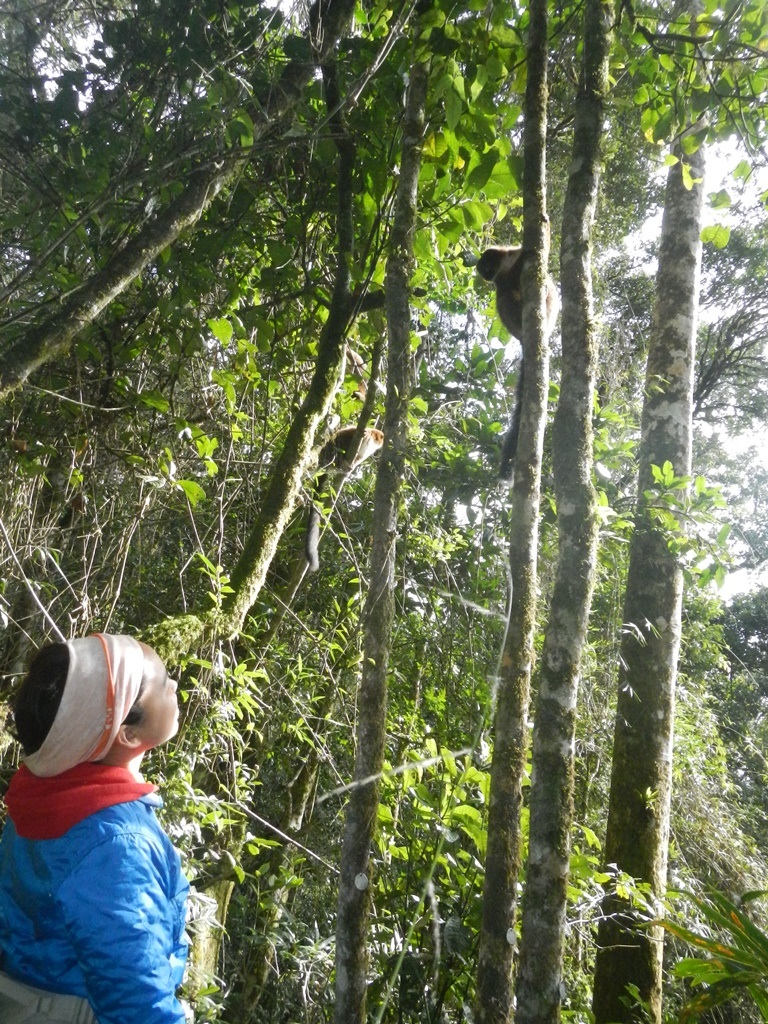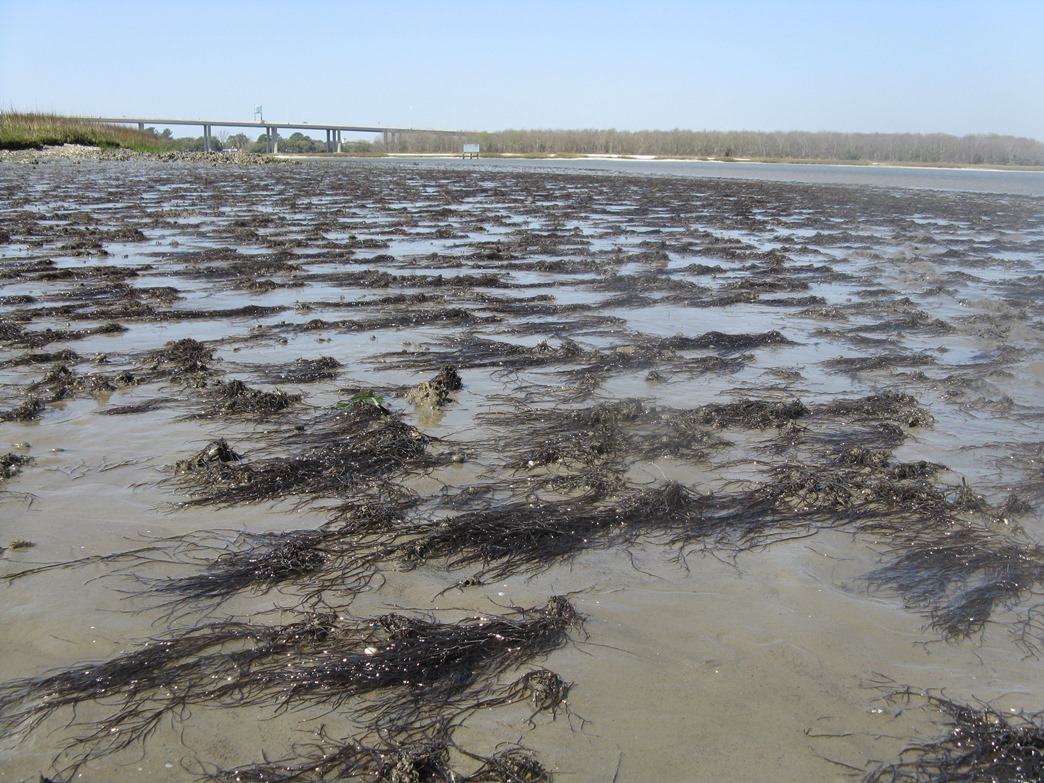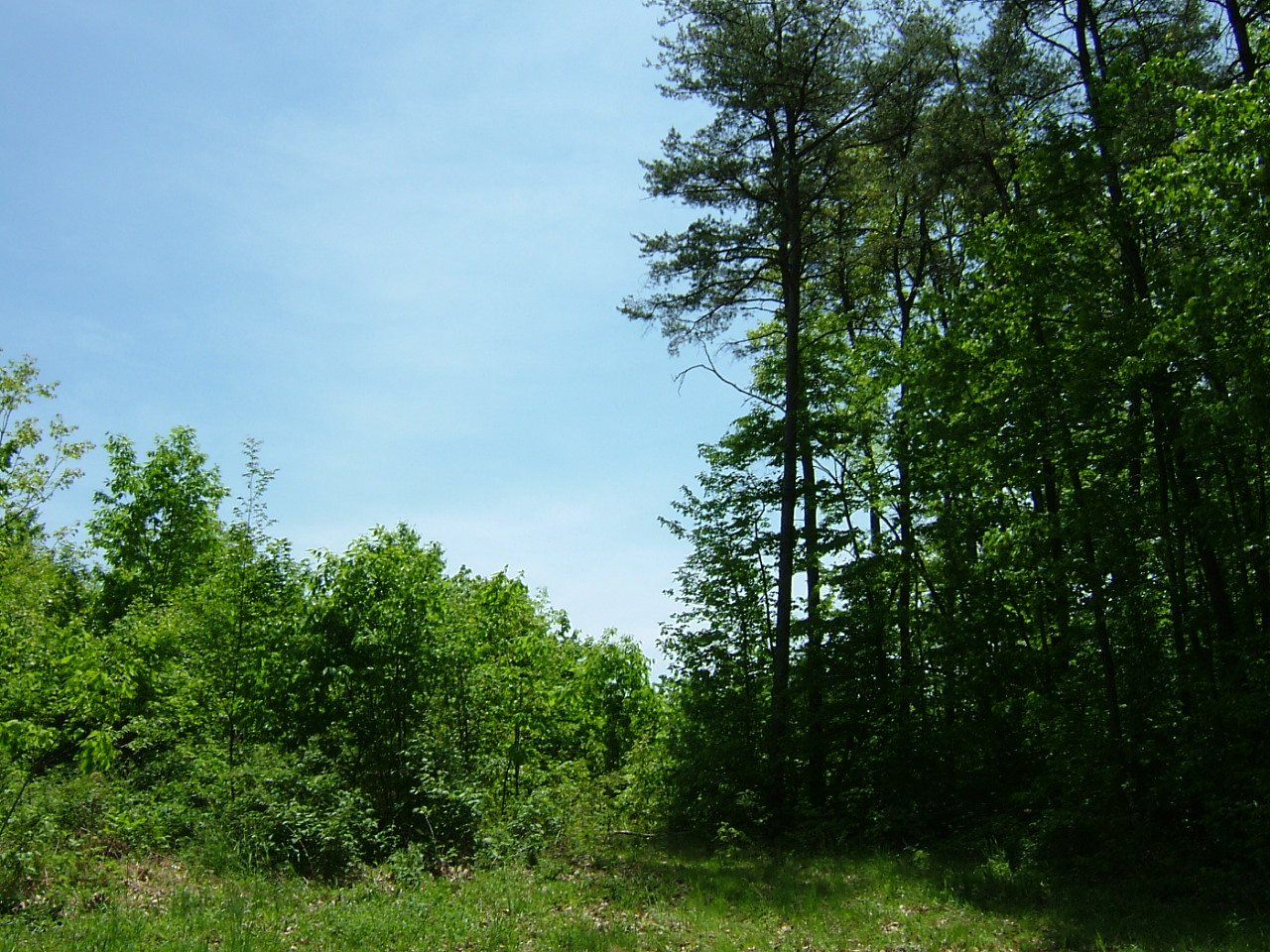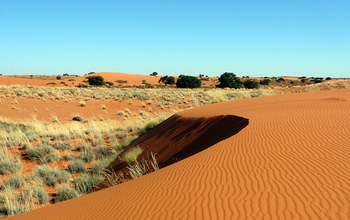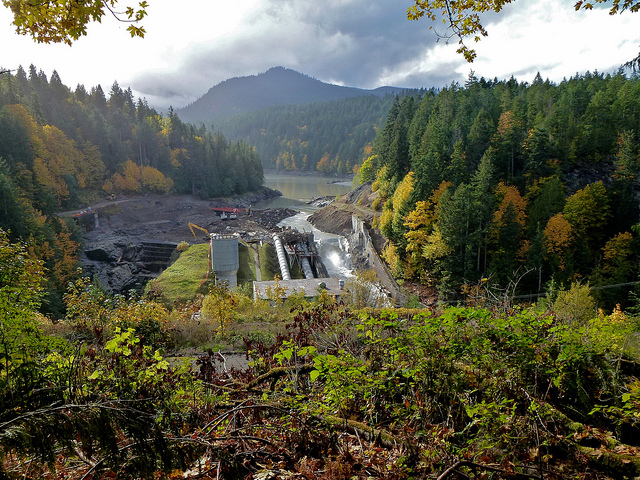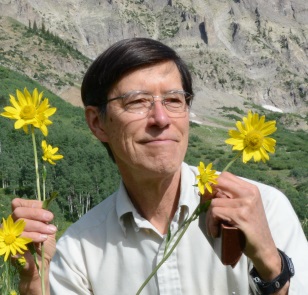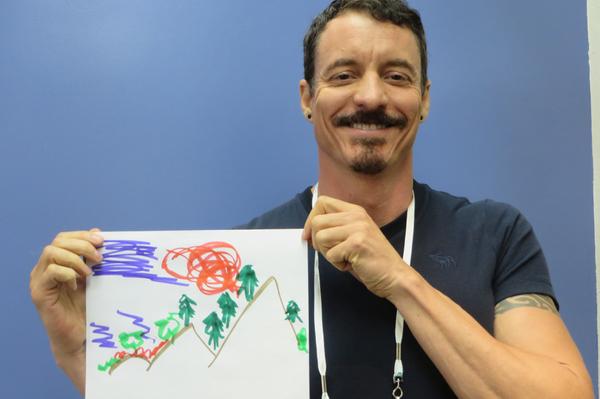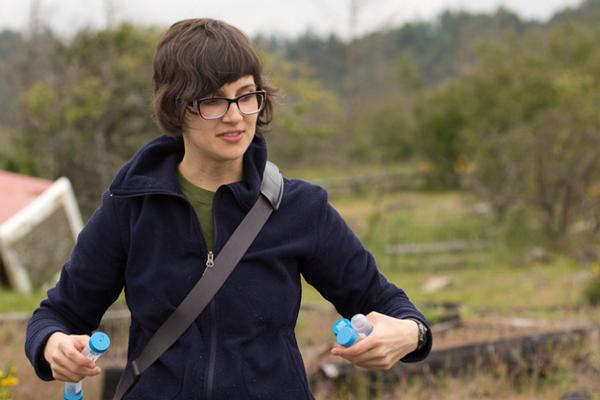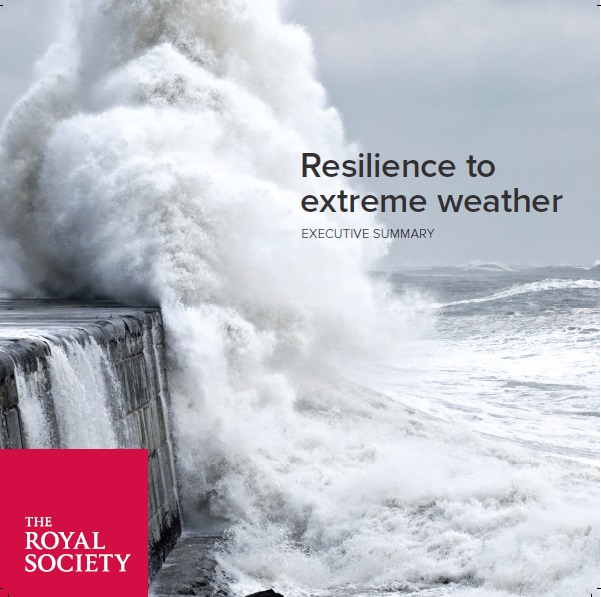
Building resillience to extreme weather
Between 1980 and 2004, extreme weather cost the world an estimated US$1.4 trillion and much loss of life. Climate change is expected to exacerbate flooding, drought, and other weather hazards. Population growth in regions expected to be hard hit by extreme weather will expose more people to risk. Communities can take steps to build resiliency, say scientists in a Royal…
